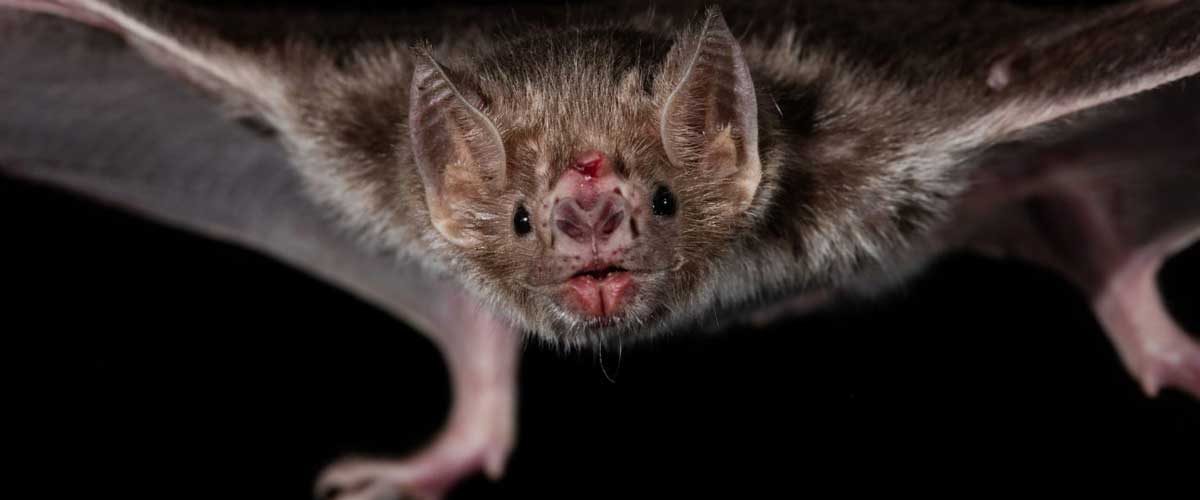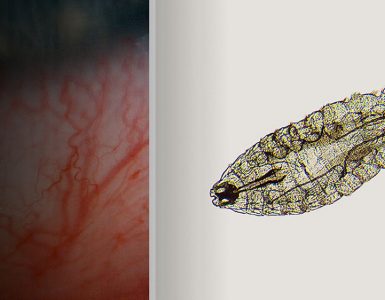The present SARS-CoV-2 pandemic has a close connection to bats. The next viral epidemic probably will, too, unless researchers can quickly discover further details about the thousands of viruses carried by one of the most diversified mammals specie on the globe.
Based on past studies, different bat species are the main source of human outbreaks of SARS, MERS, some Ebola viruses as well as the Hendra, Marbug, Nipah, and Sosuga viruses. Ahead of these connections, there is very little recognized. Scientists call for more research into bats’ molecular biology and their ecological adaptations to help predict the occurrence and expectedly to prevent the next pandemic.
“The more researchers have looked, the more we’ve found that a lot of these emerging pathogens, at one point or another, originated in bats,” said Michael Letko, the leading author and an assistant professor of molecular virology at Washington State University’s Paul G. Allen School of Global Animal Health. “Over time, we have accumulated a lot of information about some of the species of bats and some of the viruses they carry, but there are still these huge glaring holes in our knowledge.”
With over 1,400 species, bats characterize an exceptionally varied mammalian order, second to rodents, which are also identified as viral hosts. On the other hand, unlike mice and rats, bats are not good research animals in laboratories. Mostly keeping flying animals in labs is tricky. Also, most of the mammalian cell lines developed for the investigation came from other animals and cannot learn about viruses originate in bats.
This information gap is dangerous as the current SARS-CoV-2 pandemic shows. According to scientists, bats are found almost everywhere, and with increasing human intrusion on their habitat, the viral infection is almost expected.
Generally, humans are more likely in a close association with animal species around them, and these species are loaded with infectious viruses. The current COVID-19 pandemic is unfortunate, but it’s not unexpected. We roll the dice for 20 years, not taking legislative measures to reduce contact with these animals.
In the paper, Letko and his co-authors, including WSU assistant professor Stephanie Seifert and Vincent Munster from Rocky Mountain Laboratories, outline ways to lessen the next pandemic’s probability escalating research into bats both on the molecular level and the broader macro-level of the environment.
Although numerous pathogens have been identified, there is still a dire need to better use the newest genetic technologies to understand viruses’ transmission modes better. This knowledge is extremely helpful to develop medicines more quickly after a pathogen has been found—or even better, produce vaccines to protect against whole virus groups before their emergence.
Letko has already taken a step in this path. Before the current disaster, he built a platform using synthetic coronavirus particles to test which were most likely to infect human cells. At the beginning of the current pandemic, Letko tested the SARS-Cov-2 genome as soon as the sequence was available and promptly identified the probable receptor on human cells. This study was published in Nature Microbiology on February 24, 2020. It was one of the first research-based studies to provide functional laboratory data on the new virus, helping researchers with crucial information and tools to establish which offered drugs might work efficiently against SARS-Cov-2 and start developing new ones as test various aspects of the SARS-CoV-2 vaccine efficacy.
Letko established his lab at WSU to carry on his research, providing initial testing of bat-borne viruses to identify those transmitted to humans extensionally.
Letko and his colleagues’ focus point is the need for a better understanding of bat ecology, leading to comparatively easy to execute results. The scientists cite examples such as the attempt to vaccinate horses in Australia to prevent the Hendra virus, spreading from fruit bats to horses and then potentially on to humans. Another interference in Bangladesh involved simply putting lids on palm sap containers to keep bats out and prevent the Nipah virus’s human outbreaks.
“Sometimes, you don’t need vaccines or drugs. It’s just a behavioral change that helps mitigate and reduce the contact between people and the animals,” Letko said. “These are some of the kinds of interventions that we can take once we begin to understand what these viruses do.”
















For instance, bats often range over wide territories, potentially picking up a great variety of viruses than other animals so we can safely predict that bats are key viral reservoirs.
Informational material for Virologists